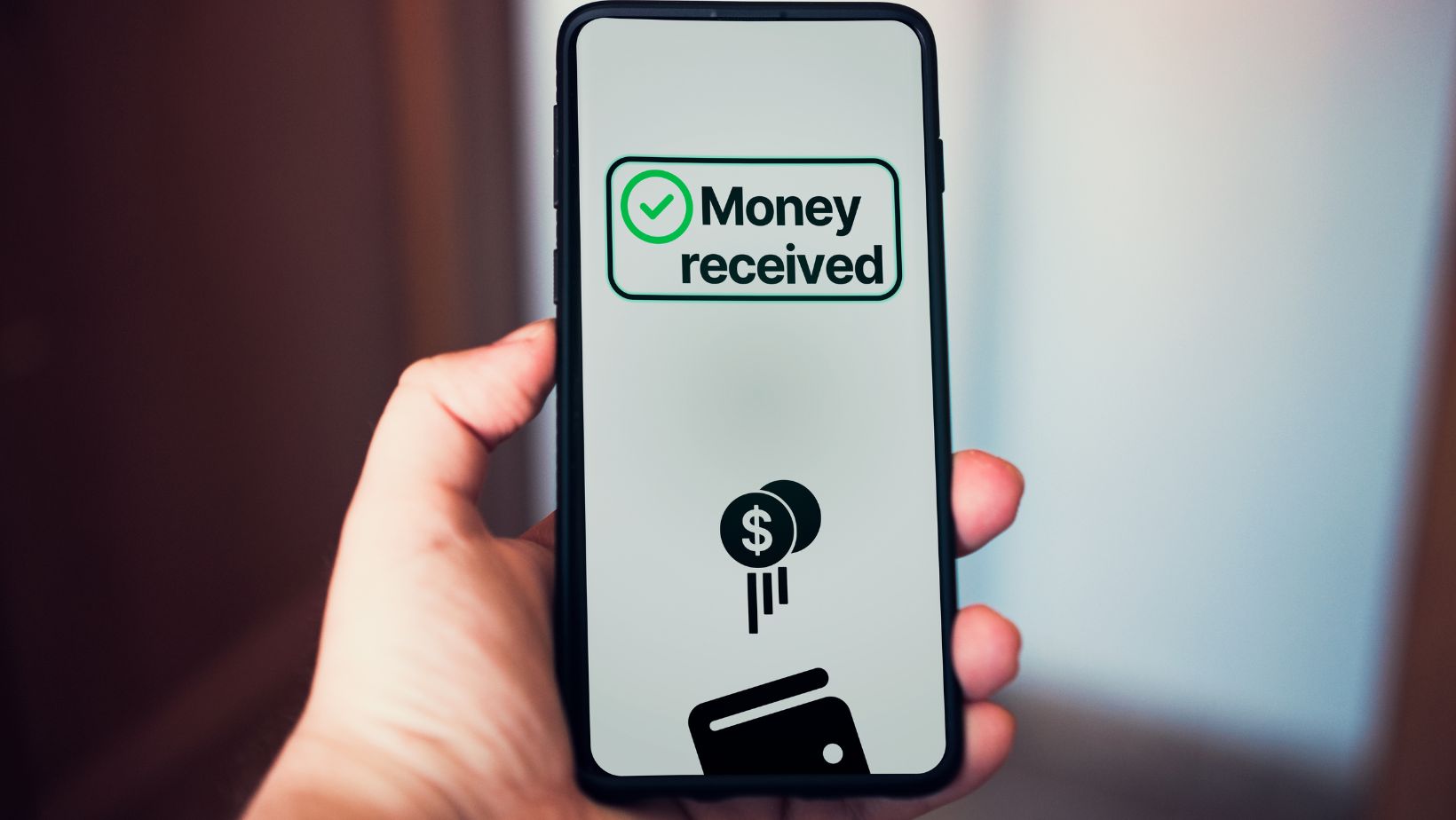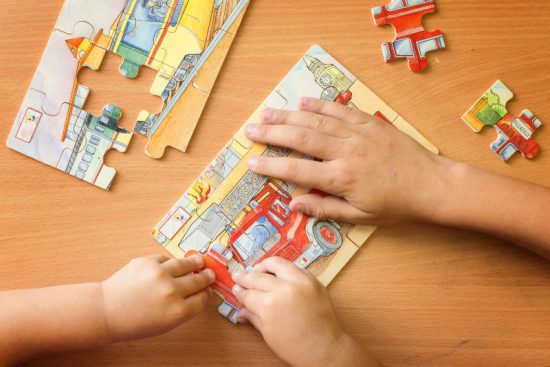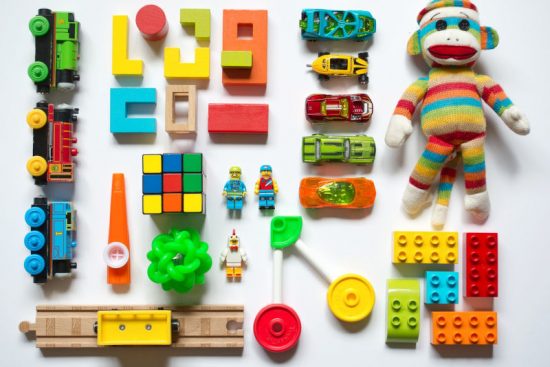
As a parent, it’s stressful to keep hearing your children’s phone buzzing all day long, knowing any one of the notifications could be another purchase confirmation. Over 70% of online purchases are made using a mobile phone, and 16-to-24-year-olds are leading the charge.
Luckily, there is a suite of practical tools that provide oversight and control over smartphone payments. The best part is you don’t need to be a developer or private investigator to use them or understand what they are telling you. Not only do these tools help you limit smartphone spending, but they also help your children better understand how money works in the real world: how to budget, save, and spend sensibly.
This article offers a deeper look at the best tools to help you manage money flowing through your kids’ smartphones.
Family-Linked Bank Accounts Give Real Experience with Safety Nets
Using family-linked bank accounts is a great way to give your child a degree of freedom over their money and savings while retaining full oversight of the account. It’s a bank account with L-plates. Your kids can take control of their account, but you’re in the passenger seat. Most major banks across New Zealand offer these accounts.
They also come with a range of helpful additional features and functionalities. You get real-time oversight of transactions, instant money transfers, and automatic allowances—all crucial for controlling money flow. This teaches children that money is not a limitless pool they can draw from, but a finite resource that needs careful management. For young children, account access can start on a read-only basis, and you can adjust it as they get older.
Prepaid Debit Cards Create Natural Spending Limits
A prepaid debit card is a straightforward way to help a child learn to manage money without the fear of making damaging spending mistakes. You charge a specific amount of cash onto the card, which functions like any other bank card. They can be used in-store or online, as long as the purchase total doesn’t exceed the remaining card limit. This helps teach children about the value of money and how to budget.
Prepaid cards are available in New Zealand and serve as a great teaching tool with minimal risk. Once the balance hits zero, spending stops automatically, but you can reload it at any point. Additional controls include the ability to freeze the card from your phone in case you need to halt spending for any reason.
Spending Alerts Keep Everyone Informed Without Hovering
The key to managing anything is to set up effective alerts and notification triggers. It’s easy to use a card online and lose track of spending. This is why most banks offer users the chance to set up spending notifications.
Notifications are there to protect your children and keep them aware of their spending habits and limits. They’re not about control or catching your kids out. They keep you informed of any unexpected charges or subscriptions that may have been forgotten. You can even set them on purchases over a specific value, just to make sure nobody is caught unawares by an empty account or without the funds for bills or other necessary expenses. Alerts inform and provide transparency so that there are no unpleasant surprises.
App Store Restrictions Stop Problems Before They Start
Apple and Google have both implemented parental controls that parents can use to keep their children safe when spending online. These controls are easy to set up and can be configured to require approval on every purchase, block purchases completely, and apply app store spending limits.
It’s all too easy for kids to spend money without realising it. In-app purchases, especially on games, can be tricky and trap children who never stop to read the fine print (not when there’s a cool skin available in their favourite Roblox game store, anyway). Setting up the correct restrictions minimises the risk of children making spending mistakes without taking away their freedom to spend.
Additionally, device-stored restrictions complement your own banking security protocols, meaning you have access to layered protection. If one fails, the second layer should still catch things the way a proper safety net should.
The Goal Is Building Independence, Not Enforcing Control

When implementing cashflow controls on a child’s phone, make it clear that you are doing so to help them build independence with minimal risk and not tightening control to keep them grounded.
Mindset is pivotal when dealing with personal finances. Restrictions are not a prison, but a framework for healthy growth. Each control should teach your children how to make the right spending decisions. Younger children must deal with tighter restrictions, but age and sensible choices can see them loosened until, ultimately, they are no longer required.
Another integral part of teaching financial responsibility is giving children the freedom to make mistakes and learn from them. Making a bad purchase for $10 when they are a pre-teen is better than them maxing out a credit card the week after they turn 18.
Communication is also vital, so talk to your children about the controls, explain them, and encourage questions. Once they understand the why behind what is happening, they are less likely to struggle with them.
Adults Make Smart Entertainment Choices Because They Learned Young
There is nothing wrong with spending money on anything, even online entertainment, if it’s done sensibly. But these skills don’t appear magically at age 18. Adults who make smart financial decisions—whether that’s budgeting for rugby bets or choosing risk-free options like no wagering at casinos.com— learned money management young.
Establishing smartphone spending controls for your kids today will help them become financially sensible adults who spend when they can but understand and appreciate their limitations.
Start Small and Build from There
These tools can work together, but there is no need to implement every financial control mechanism all at once. The best option is to pick the ones that fit best with your own circumstances and capabilities. Depending on the age of your children, you can start at any level you wish, making adjustments as you learn.
Try something for a month, see if it works, and make changes as needed from there. Add tools if they are necessary and reduce the restrictions if you can. Make sure your kids know what is happening and work with them to understand the journey and the rules.




